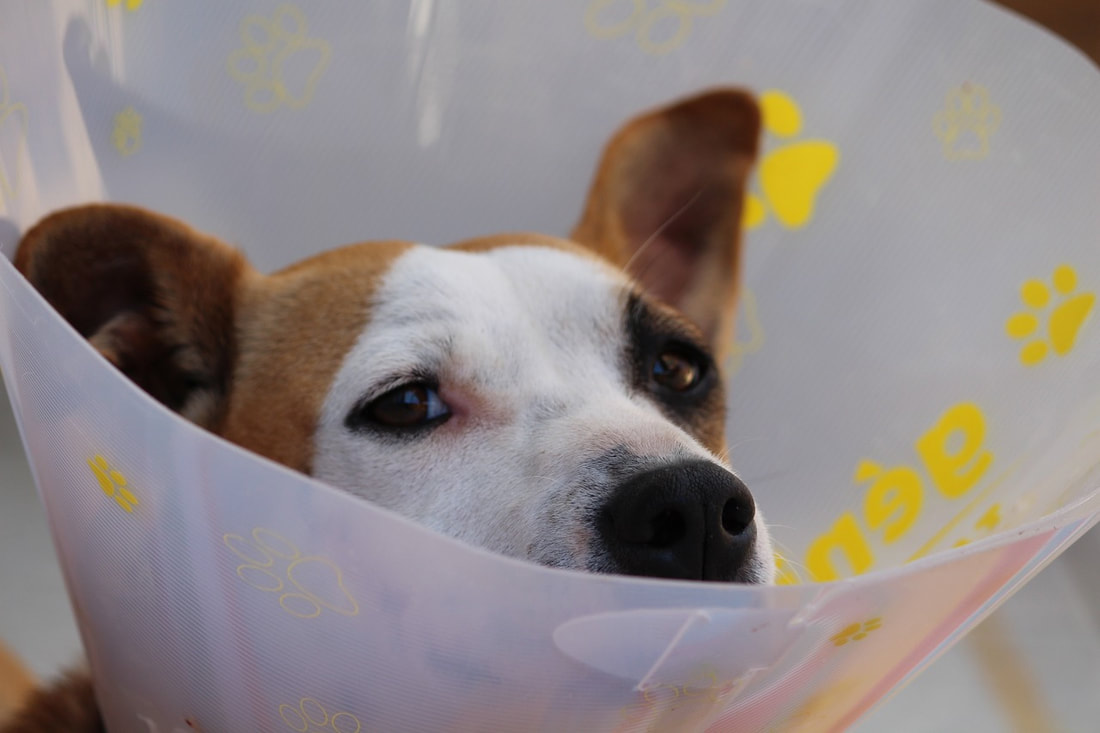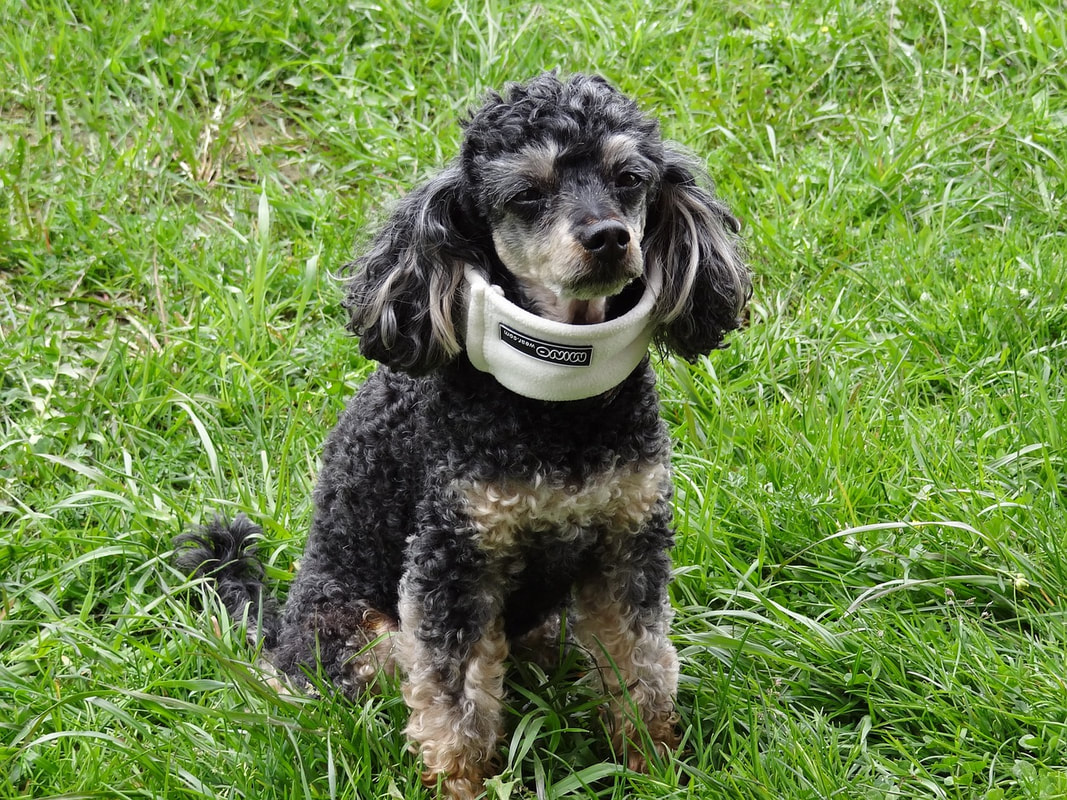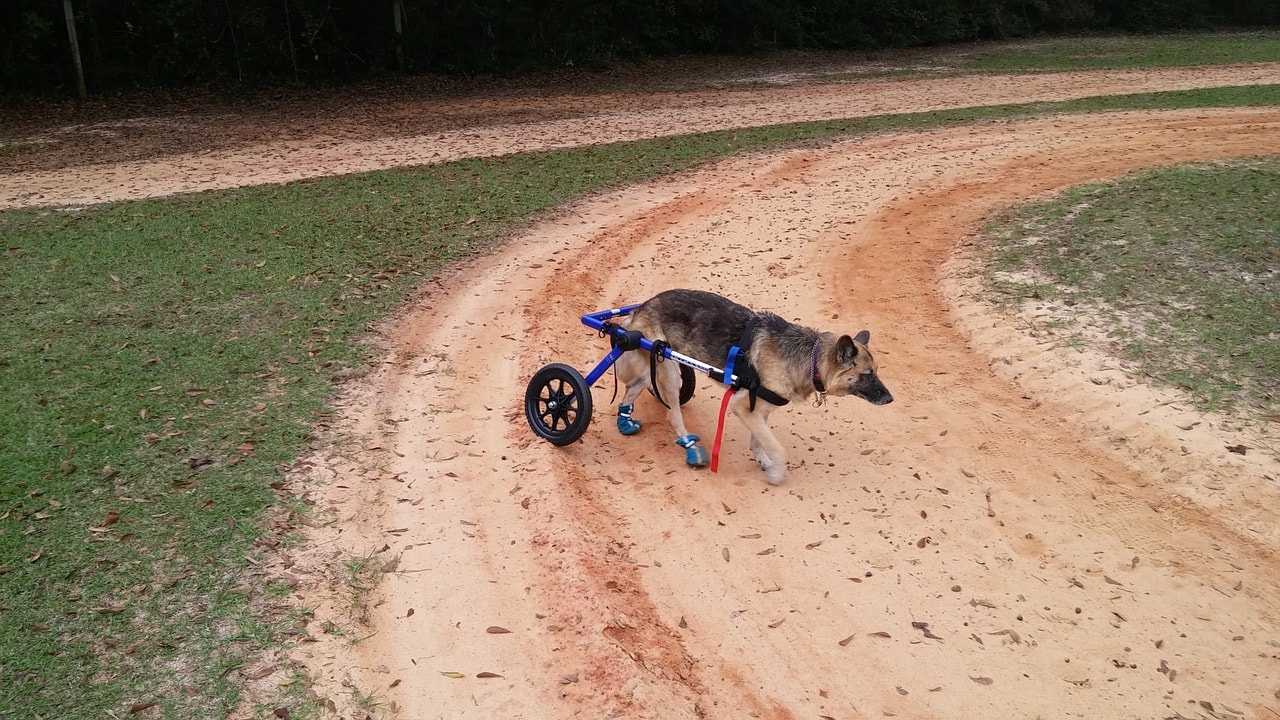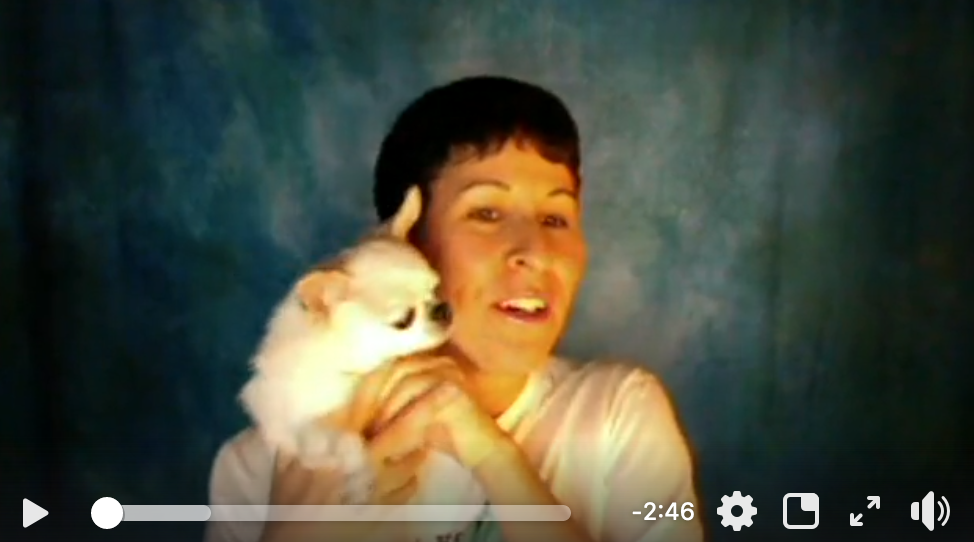|
Future Client: How does massage therapy help when my pet is compensating for an injury? Compensation, when referred to in rehabilitative health care, is referencing the body's response to an area of the body that is suffering from some sort of discomfort. The body seeks to remove or reduce the sensation of pain in the damaged area by ceasing movement in the affected area and shifting away from that area. This means the centre of gravity changes and the balance of the body is shifted away from the painful area to healthier areas that are suffering less (or no) discomfort. This shift occurs in the opposite direction and the opposite side in relation to the painful area. It is a counterbalancing of the structure or function of one part of the body by increasing activity or muscle development in another or other parts of the body. For example, if a dog is suffering from arthritis in her right hip, she will shift her weight forward to her front assembly (opposite direction), and most of the weight towards her left forelimb (opposite side). Compensation protects the injured area and allows for healing, but this counterbalancing asks the body structure to perform tasks it is not originally intended to handle. Over an extended period of time, the compensating structures, while allowing healing in other areas, are themselves weakened and fatigued, leaving them susceptible to dysfunction and injury. This is why massage therapy is crucial in relieving this overused area (however temporary this overuse may be). Massage therapy works to keep the body as centred as possible, minimizing the weakening of an injured area while promoting healing, as well as relieving the fatigue from overwork that counterbalancing muscles and structures will suffer. This keeps the areas of compensation strong and healthy, so they don't become a new area of injury even as the original injury heals. Often, as in the case of arthritis, massage therapy can be conducted in/around the area of pain (the arthritic joint) as well as the compensating muscles opposite, but in other cases, such as damage to the actual bone, you do not want to perform any massage therapy in the area of injury, however, massage therapy CAN be administered in compensating muscles, therefore giving your pet a lot of relief, as these muscles are being overused. What else can you do? In large part, the injured or painful area needs to be healed to whatever extent it can be, so that compensation is no longer necessary, or at least lessens. Thanks for reading!
Want 50% off your next (or first) pet massage session? Email/Call/Text me with the code word COMPENSATION when you book — anytime before November 19th, 2019. Also, keep in mind that a group of three-four massages close together (no more than one week apart each) is the best way to see results more quickly. I offer packages of four massages for large dogs ($216), medium/small dogs ($168) and cats ($120), which will save you 20%! (This package cannot be combined with the above 50% off first massage offer). Look for my next post in the series, which deals with how massage therapy is a part of an injured pet's rehabilitation program, Tuesday November 19th, 2019…
0 Comments
Leave a Reply. |
AuthorRegan is a certified Canine Massage Therapist (CCMT), has certification in First Aid and CPR for Pets, and some beginner training in Herbal Remedies and Aromatherapy for personal use. Archives
July 2024
Categories |







 RSS Feed
RSS Feed